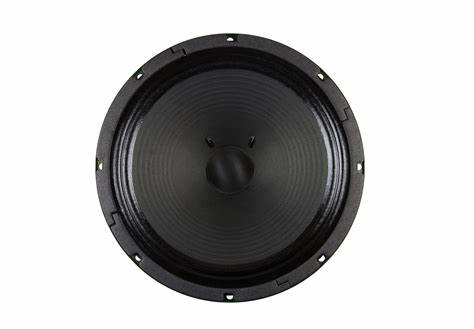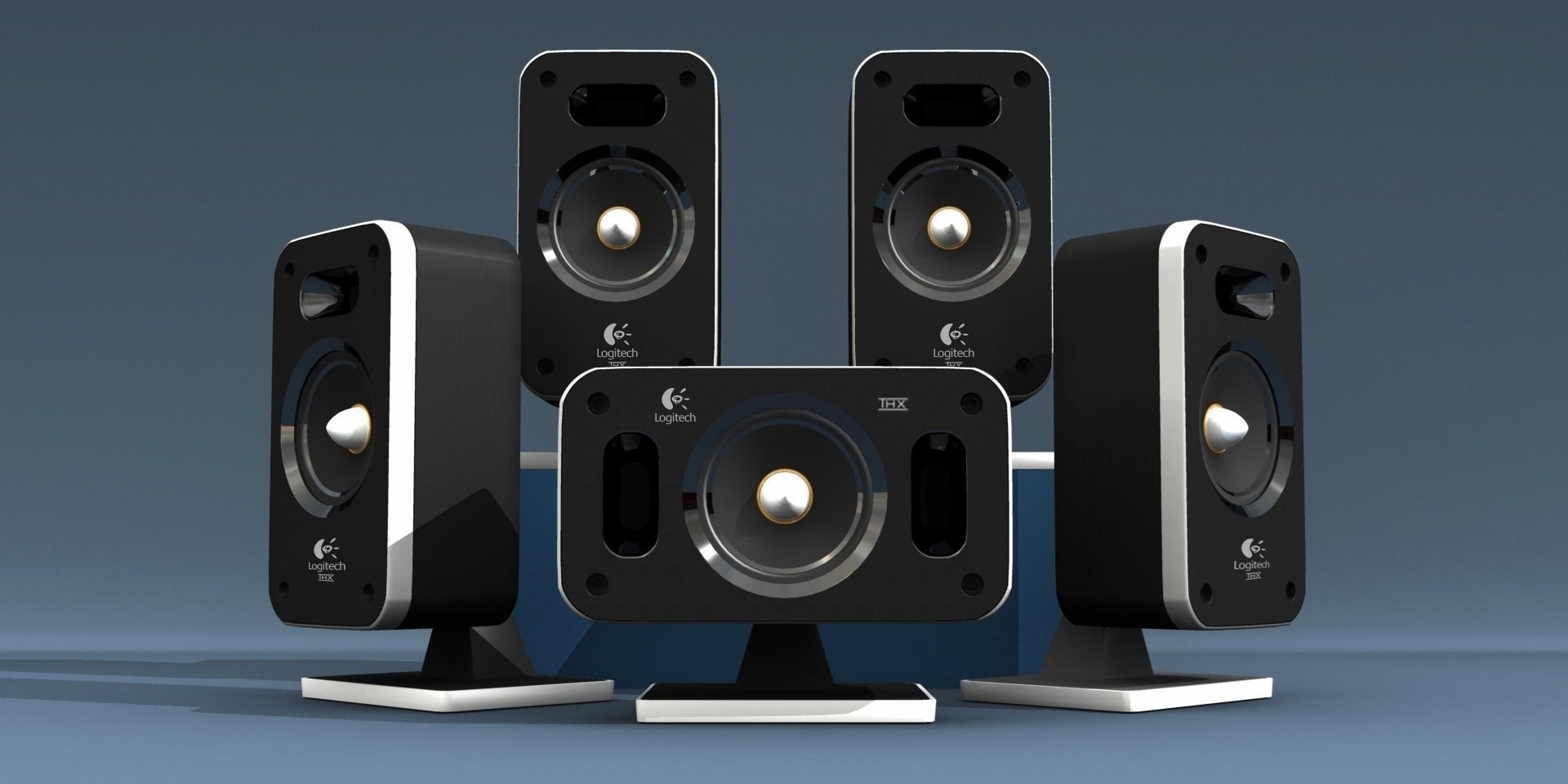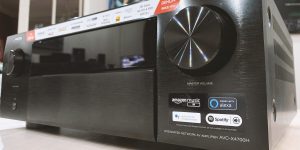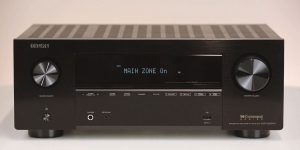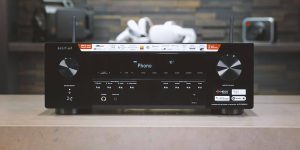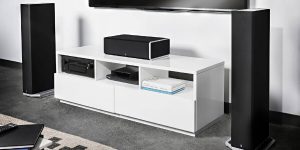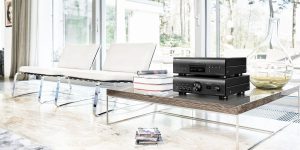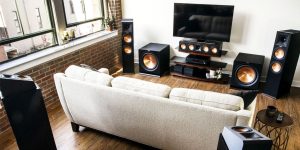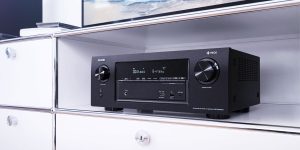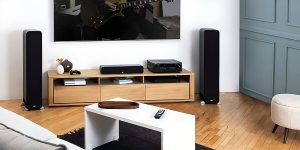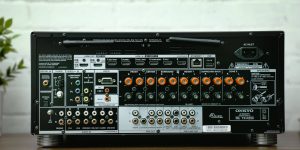Nowadays, powered speakers (active) are more popular than passive (without a built-in amplifier). Although they give more advantages than passive, they do not require other components such as power amplifiers.
In most cases, you need to connect a special cable from your receiver’s pre-out or speaker terminal to the powered speakers. The output voltage on the receiver is fixed and does not change concerning frequency; therefore, it will drive any load connected to its outputs without a problem. You can use standard analog audio cables for this purpose. If the speakers are bi-wire capable, you can use two cables to connect them.
At the same time, many AV receivers also offer additional powered output or speaker terminals in addition to the usual line-level outputs. It allows you to add front, center, surrounds, and subwoofer speakers to your system without rewiring. Instead, connect them in parallel with the existing loudspeakers. It is very convenient and flexible for home theater systems.
Pay attention; the receiver should be turned off when connecting or disconnecting speakers.
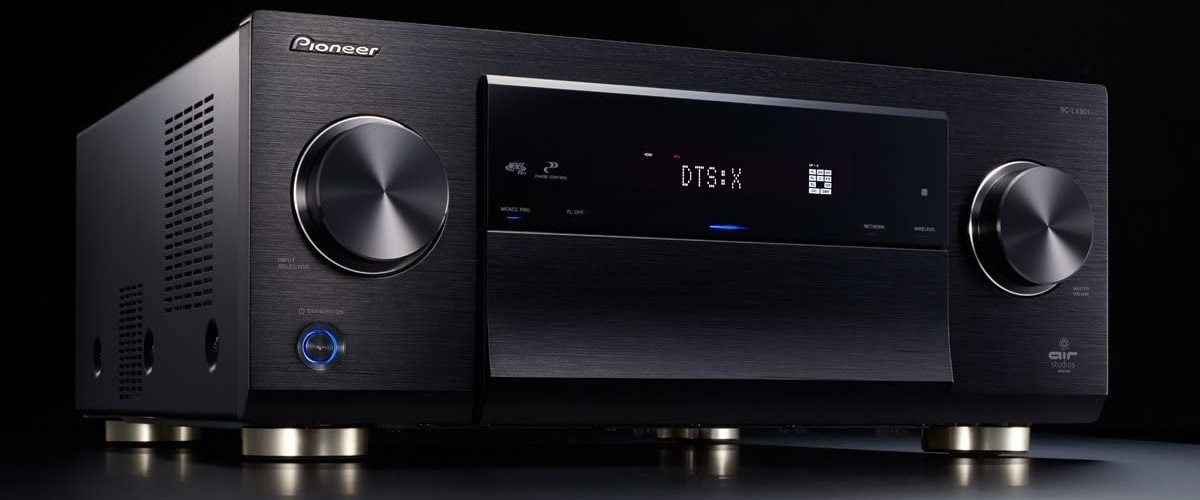
Is it necessary to connect powered speakers to the AV receiver?
Before answering that question, it is essential to understand the difference between powered and unpowered speakers. Most speakers you might use with your computer or stereo system are unpowered – meaning they need an external power amplifier to provide sound. On the other hand, Powered speakers include a built-in amplifier and come equipped with everything you need to produce sound in one box.
You will still benefit from connecting powered speakers through your AV receiver because an external amplifier has more power than any internal amplifier, allowing you to turn up the speakers to a higher level without worrying about overload. Additionally, most AV receivers have superior noise performance than any powered speaker. For example, even if they are on standby mode (no signal received), both internal amplifiers and passive speakers still generate noise. On the other hand, an AV receiver in standby mode is almost completely “quiet.”
Why should I choose powered speakers?
A built-in amp allows you to connect your source directly to your speakers without requiring additional cables or amplifiers, not even a mixer. By skipping these extra components, it is possible to save space and simplify the setup process of your audio system.
Another advantage is that powering the speakers provides a reliable power supply for the connected system, particularly important in transient peaks, such as those occurring while starting and stopping the music. In this situation, it is very likely that an external amplifier temporarily supplies considerably more power than its nominal power rating.
However, in the event of a further increase in signal level (i.e., volume), the connected speakers could be damaged by such excessive power. The integrated amplifier prevents potential problems as it is designed to provide a constant and stable audio signal free from fluctuations in power as provided by the connected source.
Powered speakers are often favored for use with active subwoofers, where they form the same product category as active subwoofer systems. Like powered speakers, active subwoofer systems provide a simple connection method and require no external amplifiers or mixers. The only connecting cable between the active subwoofer and the powered speaker is to carry control (subwoofer volume) and audio signals (line-level).
